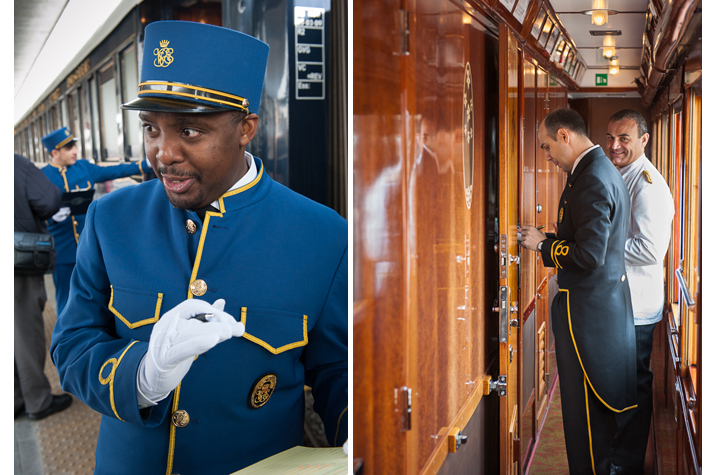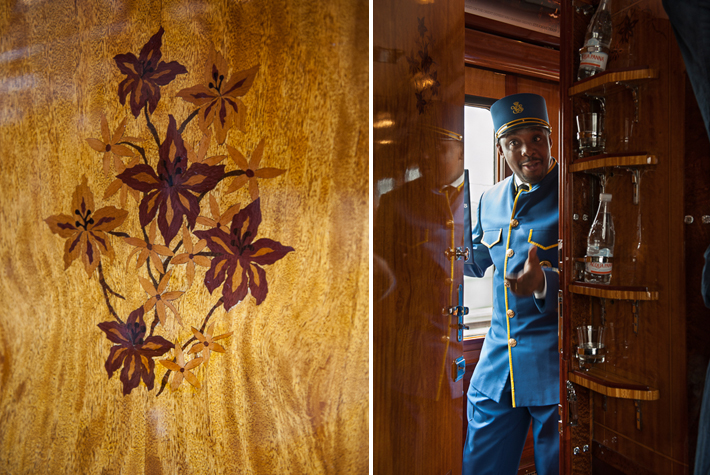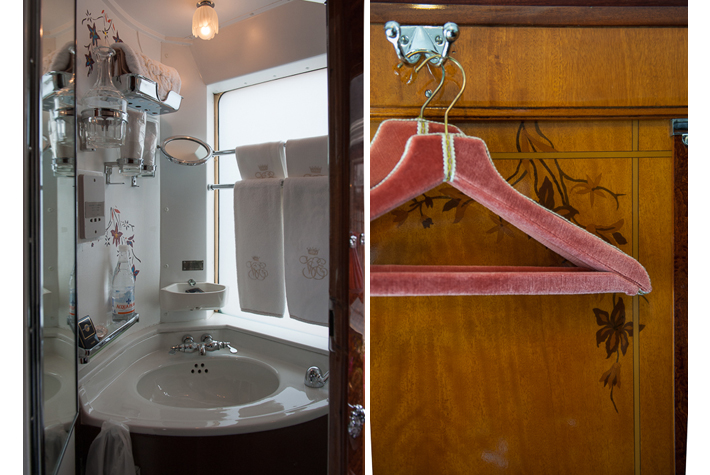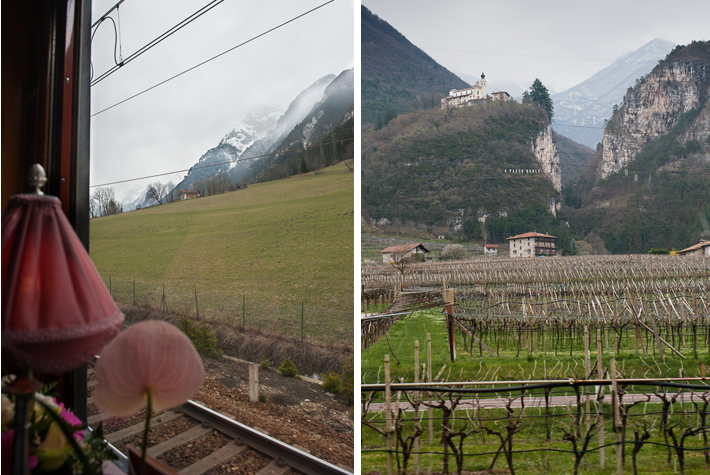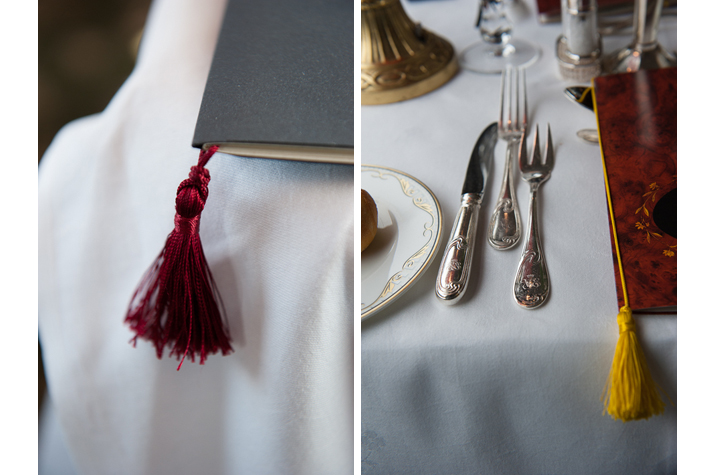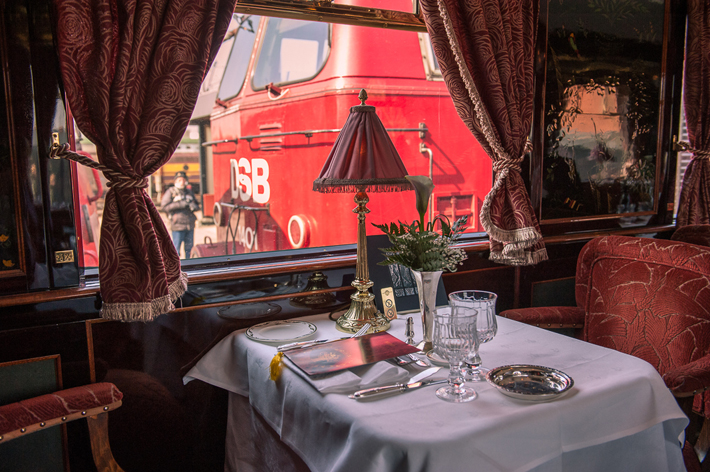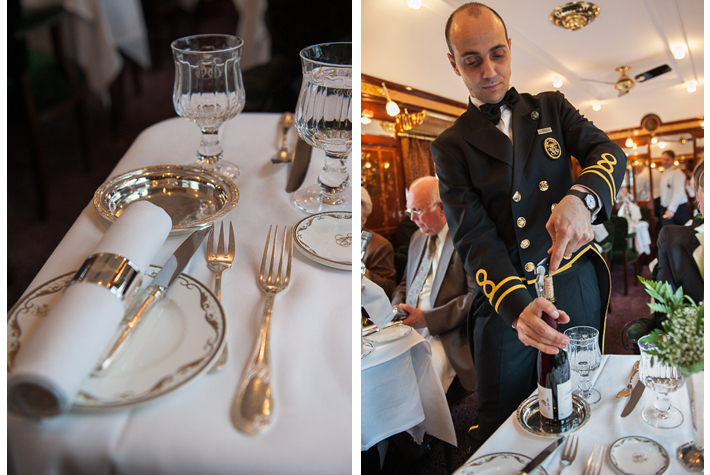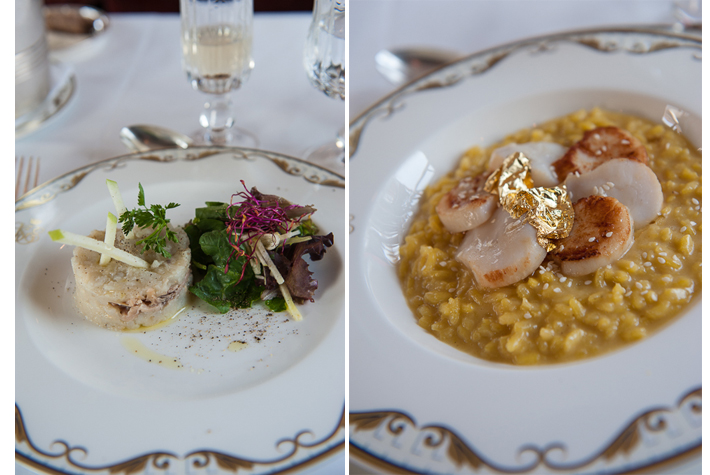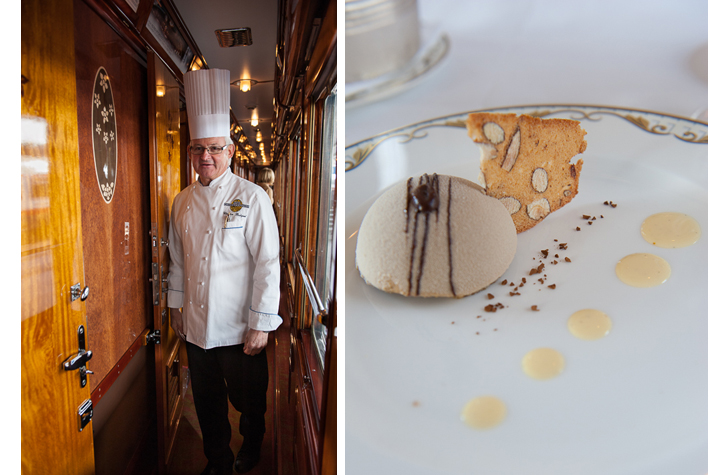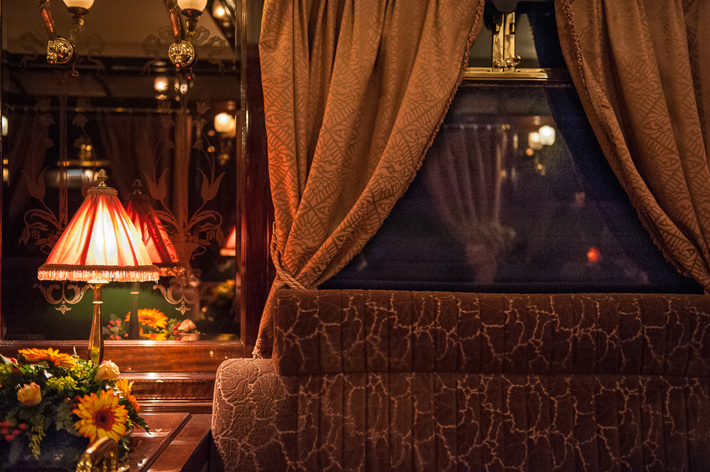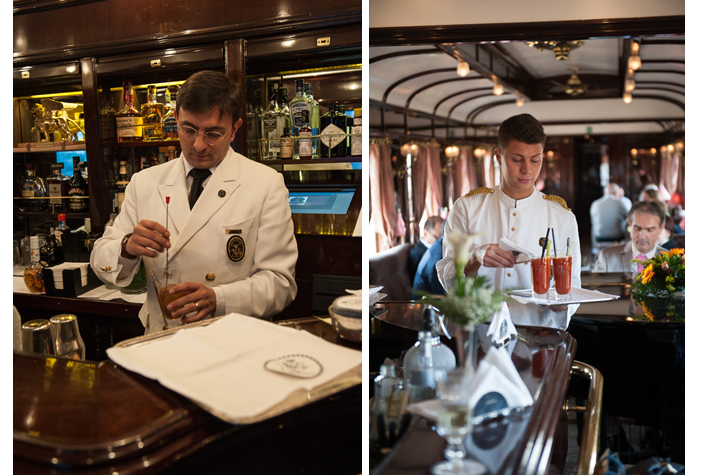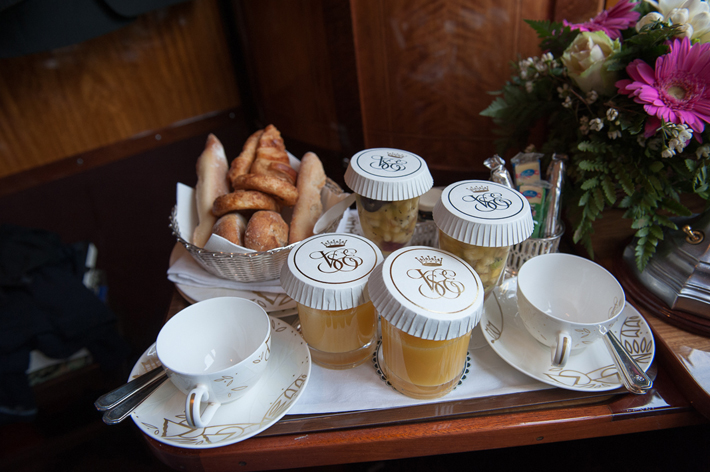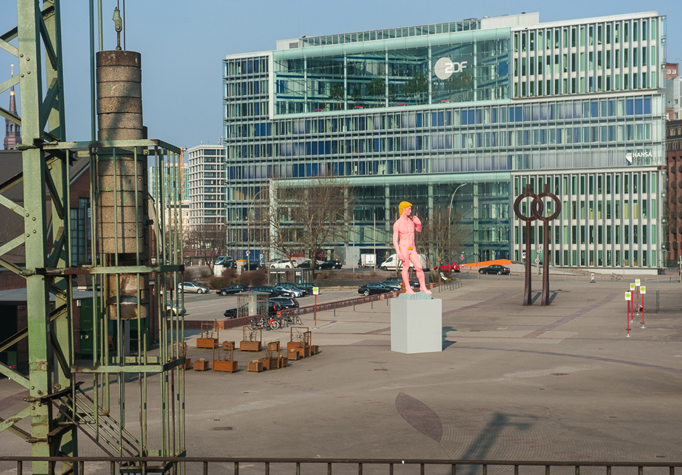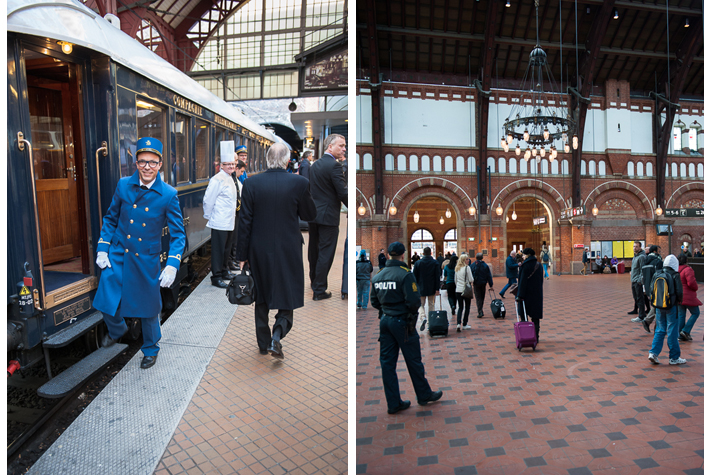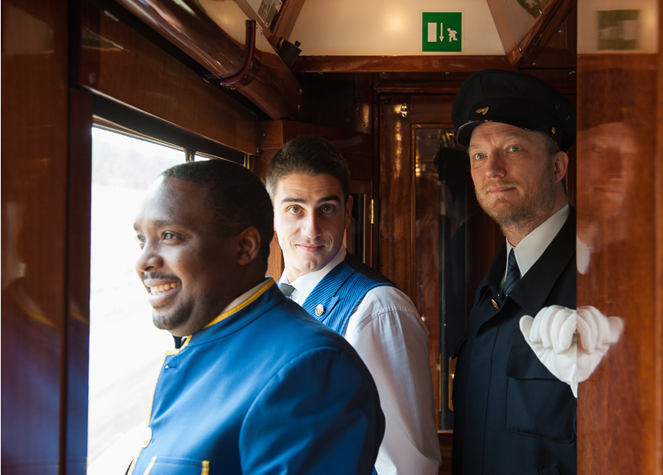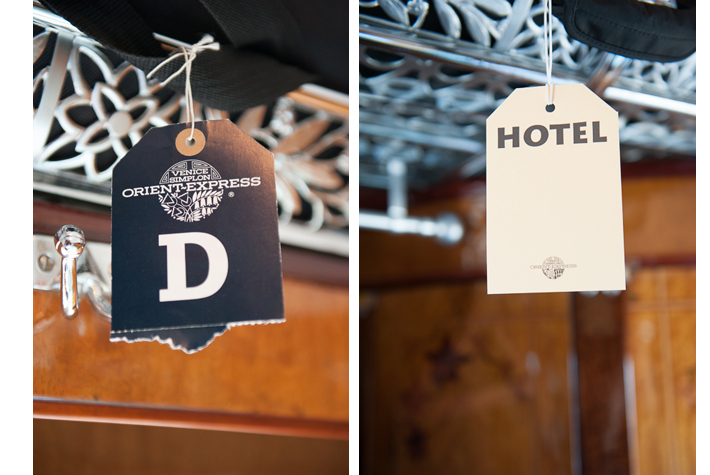All Aboard the Orient-Express
The famous train lives up to its romantic history
Let’s get Agatha Christie
out of the way first. The British crime novelist was singularly responsible for the Orient-Express being the most famous rail journey in the world and many film and TV versions of Murder on the Orient Express later, it’s difficult to think of the train as anything other than the location for a particularly gruesome murder.
But I’m happy to report that travelling on the real life Venice Simplon-Orient-Express (Simplon for the tunnel between Switzerland and Italy that it passes through) is far from violent, unless you are so replete with fine wine from the train’s excellent dining car you tumble from your top bunk in the middle of the night. In fact, it’s one of the most civilised experiences available in travel today, and something of a miracle that it still exists in the age of cheap airfares.
The Express d’Orient, as it was then known, first set out from Paris for Constantinople in 1883 and for the ninety years afterwards was a vital link between Western Europe and the Middle East. Passengers on the early trains carried revolvers for fear of brigands. The Armistice of 11/11/1918 was signed in car 2419 (Hitler had that car destroyed during World War II.) Over the years, the train carried world leaders like De Gaulle, celebrities like Josephine Baker, and royalty such as the Maharaja of Cooch Behar, who tipped the staff in diamonds. Graham Greene wrote his first novel on board.
But the advent of air travel in the 1950s made slow train journeys redundant and the service officially stopped in 1977. By then, most of the beautiful old carriages had been sold and what remained were three meagre modernised cars and one sleeping car. American James B. Sherwood, the President of a shipping container company, and new owner of Venice’s Belmond Hotel Cipriani, bought two of the original cars at auction in Monte Carlo in October 1977 with the intention of recapturing the magic of the train and having his beautiful newly-acquired Venice hotel as a stopover for passengers.
Sherwood searched the world and managed to buy back eighteen original first-class cars in total, although most were stripped of their beautiful marquetry, Lalique glass panels and fittings. Luckily plans still existed for the train’s woodwork as well as many photographs of the upholstery and furnishings that could be copied. The cost of the refurbishment came to a blowout £31 million. (He had budgeted for £5 million.) Much of the cost was in employing craftsmen who could work with old techniques and having the train meet the modern standards and regulations of the different countries it passed through. In May 1982, the revamped train set off from Victoria Station with Liza Minnelli and the Duchess of Westminster on board.
Seeing the train at Venice station for the first time, painted a glossy blue and gold, its timbers and brass gleaming, the stewards in their snappy blue and gold uniforms standing by proudly, we’re grateful that Sherwood’s passion overruled common sense. There’s a palpable sense of excitement from the passengers waiting to board, most of them posing in front of the train with stewards for photographs.
There’s a palpable sense of excitement from the passengers waiting to board, most of them posing in front of the train with stewards for photographs.
We’re about to embark on the train’s inaugural journey From Venice to Stockholm via Copenhagen. The Orient-Express has been to Copenhagen three times in its history, but never as far as Stockholm, mostly because of complications with bridges and tunnels. It’s a major event for the company and for the Scandinavians, who eagerly crowd the stations the train passes through hoping to get a glimpse and a photograph.
For two nights before the journey, we’ve been ensconced in the Belmond Hotel Cipriani, which deserves its reputation as one of the world’s best, truly iconic hotels. Located away from the tumult of St Mark’s Square on Guidecca Island, it’s almost a country residence, with its gardens, terraces and enormous swimming pool. This is a genteel introduction to a journey that will be experienced almost exactly as it was in 1920 – no wireless internet, no television, no en-suite bathroom and single bunk beds that turn into bench seats by day.
And who with any sense of adventure would want it any other way? We’re shown our cosy stateroom by our steward, Rupert, an unfailingly sunny Jamaican who speaks five languages fluently. The cabin is a marvel of organisation – there’s a wash basin, shelves for toiletries and a safe all tucked away behind marquetry doors in one corner, plenty of room for small suitcases and bags on the racks above, a small table that lays flat when the plush seat turns into bunk beds at night and limited hanging space. There’s a charmingly old fashioned toilet at the end of each car.
We’re served Prosecco while we’re settling in and the maitre d’ of the restaurant, handsome in tails, arrives to ask us which of two lunch settings we’d like. We’re given a ticket with the time and dining car specified. There are three dining cars and guests are rotated between them. All are furnished with restored interiors and reproduced silverware and china, with luxuriously comfortable lounge chairs in which to sit while the outside world races by. (The sound of the train is more like a whoosh than a rattle.)
We liked the Cote D’Azur car best – nicknamed the ‘Lalique’ car for its art deco Lalique glass panels, copies of the originals, which were bought by Sherwood but then stolen from storage. It took 45,000 hours to restore this car, at a cost of $US500,000, and it shows.
Beautiful souvenir menus are produced for each meal in the dining cars, with a set four-course menu. (It’s possible to eat from the a la carte menu, or exchange one dish with something a la carte at no additional cost.) It’s astonishing that the cramped galley kitchens can produce from scratch superb, technically adept dishes such as roast of salt-marsh lamb, turbot with seaweed tartar, white asparagus with beef carpaccio and a slew of inventive desserts such as coffee bavaroise with a liquorice melted heart.
Our fellow passengers include chic Europeans, a few well-dressed Japanese, and large group of train buffs from America. For dinner, everyone gets into the spirit and dresses to the nines. It’s not easy pulling on a gown and high heels or the various pieces of a dinner suit in the limited space of the cabin as the train rocks, but it’s a unique experience. After dinner, most passengers retire to the bar car, where a pianist gives some popular old show tunes an airing.
It took 45,000 hours to restore this car, at a cost of $US500,000, and it shows.
Our first day on the train has been spent staring out the window, as if hypnotised. The first station is Verona in Italy and I’m reminded how often train tracks pass through the more dismal parts of town. Outside Trento, we pass lean-tos and shacks, probably gypsy camps, a stark contrast to the elegant time travel we’re doing inside the train. Soon, though, as we cross Austria, and the windows frame fir forests and snow-capped alps. We stop at chilly Innsbruck for twenty minutes and get out on the platform to stretch, before a long night of travel through Germany to Denmark.
While we are at dinner, Rupert has turned the bench seat in our cabin into two bunk beds and made them up with crunchy linen and thick monogrammed blankets. There’s a velvet-covered ladder now dividing what little space we have. Slippers and robes are provided in case we need to make a run for the loo in the middle of the night, but Rupert warns us to leave the door on the catch, lest we lock ourselves out. It’s cold in the hallways and, shall we say, brisk in the toilet. While the cabins are more than adequately heated, the train doesn’t usually operate between November and April because of the impossibility of making it really snug.
The bunks are very cosy, with individual reading lights and practical holders for water so it doesn’t slosh about in the night. My six-foot-one-inch husband says that if he were any taller the beds might be less comfortable. I sleep a bit fitfully – the rocking motion is soothing, but the train stops quite often in the night, with lots of yelling from the sidelines.
We wake up to Hamburg and Rupert knocking on the door at a pre-appointed time. We wait in the corridor for a brief few moments while, in a flash, he strips the beds, sets up the small dining table and brings us fresh orange juice, fruit, pastries and a pot of coffee.
After lunch, we’re in Copenhagen. We spend the night in Danish Modern rooms at the Marriott overlooking Copenhagen’s canal. Because our hotel on wheels doesn’t have all modern conveniences, passengers like a break in the proceedings to have a shower. I wouldn’t have minded staying on the train, but there’s another reason for the stopover. The old train isn’t permitted to pass through the tunnel between Denmark and Copenhagen with passengers onboard, so the next afternoon we’re bussed over the 8 km long Øresund Bridge to Malmö in Sweden (where the 2013 Eurovision Song Contest was held), where we reboard the train for dinner and another rattling good night in the bunks.
The Orient-Express does forty trips a year, from mid-November to mid-March, with the same crack team of 45 stewards, waiters and support staff. The most popular route is London-Istanbul, which is always booked out a year ahead, but there are other itineraries that include destinations such as Krakov and Budapest.
The Swedish countryside is still collared with snow, even though it’s Spring. We pull into the occasional station and people gather on the platform photograph us sitting in our carriages, as if we’re characters from The Lady Vanishes (the 1938 Alfred Hitchcock thriller that was shot on board the train.)
The end of our journey is Stockholm and a night in the venerable Grand Hotel on Stockholm’s waterfront. The beds are wide and luxurious, the ensuite bathroom has a deep spa bath and we don’t have to be contortionists to get in and out of our clothing.
But we rather miss being tucked into our bunks at night.
There are now three beautiful Grand Suites, named for the cities Paris, Venice and Istanbul – perfect for those who want an upgrade in amenities and private bathrooms.
For Venice Simplon-Orient-Express reservations and information: Orient-Express FREECALL 1800 000 395.
We were guests of VSOE, Hotel Cipriani, Marriott and the Grand Hotel, Stockholm.

